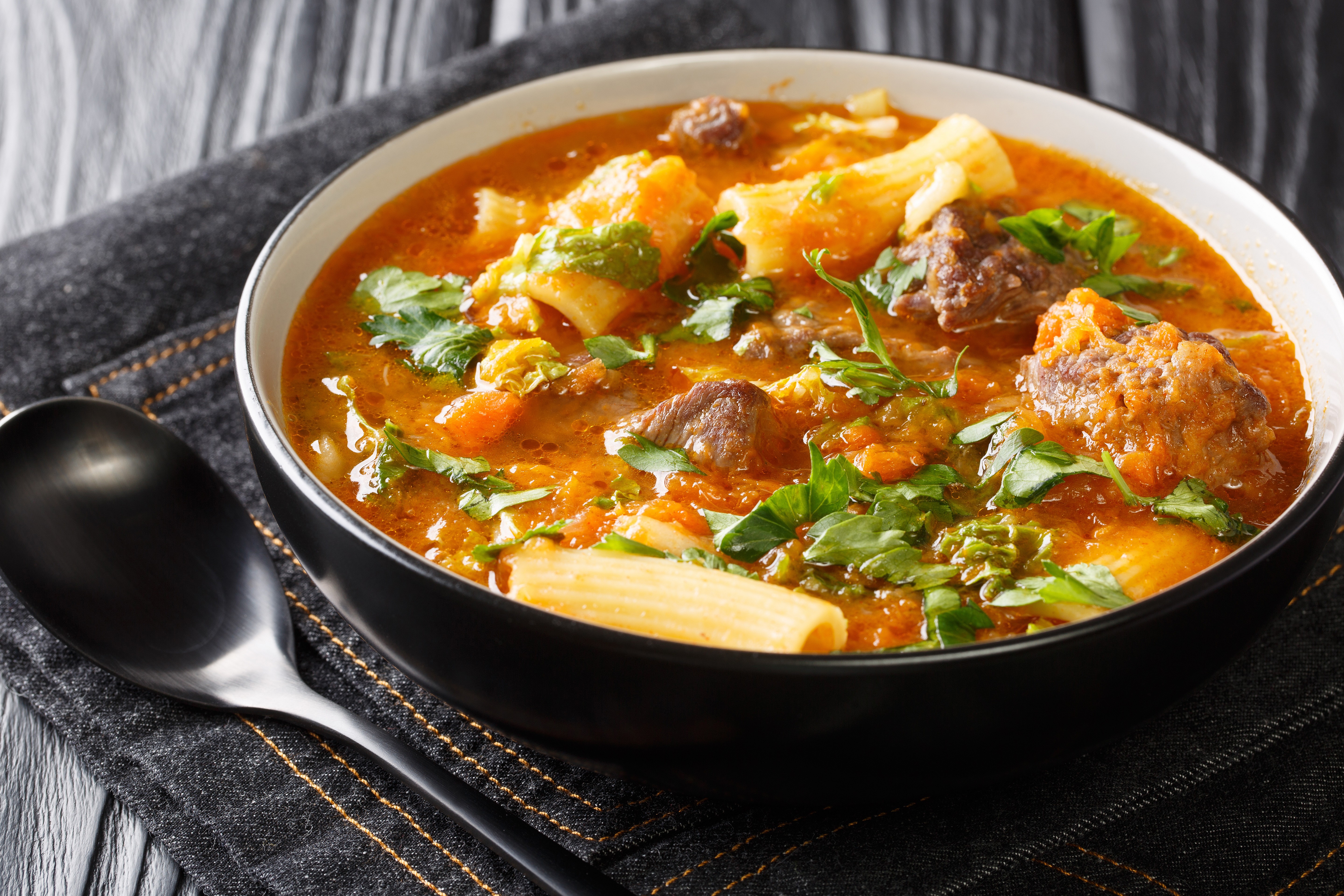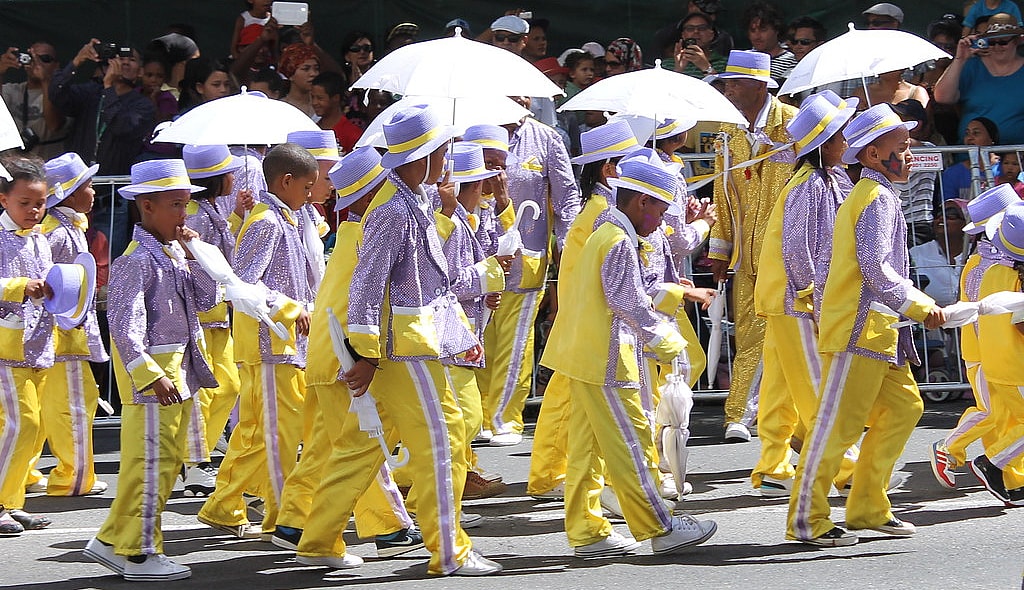In the United States, New Year’s Eve is marked with parties, ball drops, and concerts. New Year’s Day has become a day of recovery while watching college football, the NHL’s Winter Classic, or a good movie.
But in Africa and the Caribbean, countries have their own unique ways of celebrating. Carnivals, traditional meals, and family gatherings hold more importance than celebratory Champagne at midnight.

In South Africa, New Year’s stretches over two days, with the traditional day of Jan. 1 followed by Tweede Nuwe Jaar on Jan. 2. Tweede Nuwe Jaar means “The Second New Year” and has links to slavery. Hundreds of years ago, enslaved people were allowed one day off each year — Jan. 2. Some believe the celebration was held on that day because it allowed enslavers to rest after a hard New Year’s Day of partying. Others believe this was the one day each year enslavers and their enslaved people would mix together. After slavery ended, Tweede Nuwe Jaar became an annual celebration featuring the Kaapse Klopse, which translates to the Cape Town Minstrel Festival. It’s a parade held in Cape Town and features hundreds of performers in glittery costumes, face paint, and hats performing ghoema music.
The Ethiopian New Year falls on Sept. 11 and, like many others, has a rich history. Ethiopia, which follows the 13-month Gregorian calendar, celebrates Enkutatash, which means “gift of jewels.” When the Queen of Sheba returned from Jerusalem after visiting King Solomon, the summer ended, and yellow flowers bloomed in Addis Ababa. The flowers signified a new beginning, and Ethiopia named its New Year Enkutatash, after its former queen. Today, the celebration features a traditional meal of chicken stew and injera, a flatbread, a honey wine like Tej, and coffee. When the sun goes down, Ethiopians light a bonfire that stays aflame until the sun comes up.
In Ghana, the New Year is called Akwasidae and is celebrated on the first Sunday of April. Akwasidae is a time for families to get together and celebrate their ancestors. People often wear traditional Kente cloth and dress in bright colors. There is also a lot of food and drink, and music and dancing are an important part of the celebrations.

In Nigeria, New Year’s is called Iri ji and is celebrated on the last day of December. Iri ji is a time for families to come together and feast. There is often a lot of music and dancing, and people dress in traditional clothes.
In many parts of Africa, New Year’s celebrations have taken on Western themes, mostly as a way to attract tourists. But there are some differences.
In Zimbabwe, families and friends reunite, hoping for blessing and good luck. Rwandan families gather and exchange gifts.
Caribbean islands also have their own celebrations. Haitians make soup joumou, which has historical significance. The soup used to be served to enslavers only. But when Haiti declared independence on Jan.1, 1804, soup joumou became the first meal of the year to celebrate freedom. The hearty squash-based soup contains vegetables and meat.
In Trinidad and Tobago, people believe black-eyed peas bring good luck and prosperity, so a feast of the popular pelau might be in order.
However you celebrate New Year’s, have a happy one.
Never miss a beat: Get our daily stories straight to your inbox with theGrio’s newsletter.


